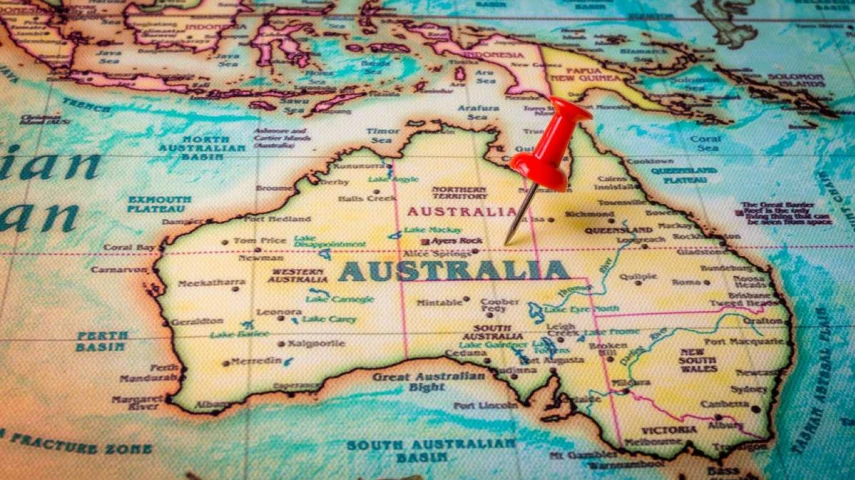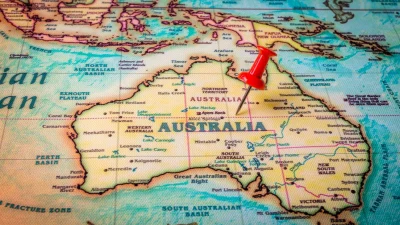A state-by-state look at the adviser landscape



The latest annual Adviser Ratings Landscape report has found two states have managed to increase their average funds under administration per adviser by over 40 per cent since 2018.
Advisers in every single state (excluding Northern Territory which did not feature in the data) had managed to increase their average funds under advice (FUA) per adviser since 2018 and six had managed to increase it in the past year.
Since 2018, two states have seen their average FUA increase by more than 40 per cent, South Australia (41 per cent) and Western Australia (45 per cent).
South Australia, which increased its FUA from $62 million in 2018, now has the largest FUA of all states at $88 million, closely followed by Western Australia at $87 million.
Queensland, which had the lowest FUA per adviser in 2018 at $56 million, had increased FUA by 39 per cent to $78 million in 2022.
All three had also managed to grow their FUA year-on-year, with Queensland up 9.8 per cent, South Australia up 12 per cent and Western Australia up 16 per cent on 2021’s figures.
The highest FUA per adviser in 2018 was Tasmania, with an average FUA of $74 million, which had since increased by a smaller percentage to $78 million.
Per client, the average FUA had risen from $643k in 2018 to $726k in 2022, but this was down from $785k in 2021.
Average FUA per adviser (ranked by highest in 2022)
|
|
|
|
|
|
|
|
|
|
|
|
|
|
|
|
|
|
|
|
|
|
|
|
|
|
|
|
|
|
|
|
Source: Adviser Ratings
Client numbers
The report also included the state breakdown of the average number of clients per adviser, which had declined in all but two states since 2018.
However, Adviser Ratings noted the decline came at a time when many advisers were exiting the industry with numbers falling from 25,086 in 2018 to 16,595 in 2022.
In 2018, the average number of clients per adviser was 92 across Australia and was highest in South Australia at 106 clients and Tasmania at 104.
However, by 2022, all states but two had recorded a decline in client numbers. Western Australia recorded an increase, increasing from 87 clients to 95 in 2022, and so did NSW, which rose from 86 to 91 clients.
All other states reported a decline, with the largest decline being in the ACT, which fell 16 per cent from 100 to 84 and Tasmania, which was down by 12 per cent from 104 to 91. Queensland was flat at 88 clients.
No state currently had more than 100 clients per adviser anymore, compared to three states in 2018, with the highest now being South Australia with 98 clients per adviser.
Looking over the past year, NSW, Queensland, Victoria and Western Australia all reported small increases, while Tasmania, South Australia and ACT reported a fall.
The biggest rise (4.5 per cent) was seen in NSW, which had increased client numbers consistently for the past four years and sat at an average of 91 clients per adviser.
Average client numbers per adviser (ranked by highest in 2022)
|
|
|
|
|
|
|
|
|
|
|
|
|
|
|
|
|
|
|
|
|
|
|
|
|
|
|
|
|
|
|
|
Source: Adviser Ratings
Recommended for you
The central bank has released its decision on the official cash rate following its November monetary policy meeting.
Melbourne advice firm Hewison Private Wealth has marked four decades of service after making its start in 1985 as a “truly independent advice business” in a largely product-led market.
HLB Mann Judd Perth has announced its acquisition of a WA business advisory firm, growing its presence in the region, along with 10 appointments across the firm’s national network.
Unregistered managed investment scheme operator Chris Marco has been sentenced after being found guilty of 43 fraud charges, receiving the highest sentence imposed by an Australian court regarding an ASIC criminal investigation.












